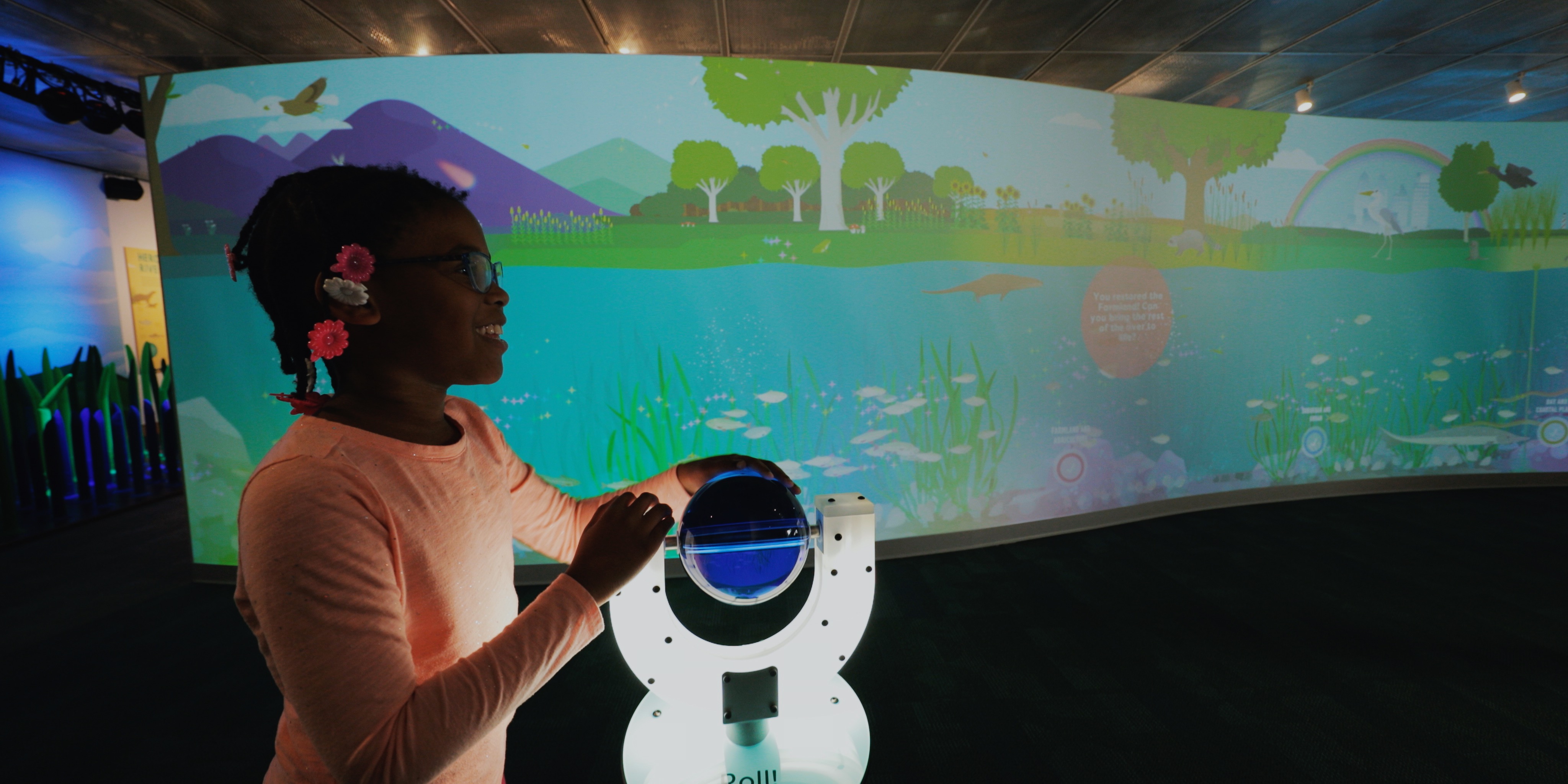Dig Into the Authentic
Museums are built on objects and ideas—the Mona Lisa, Dorothy’s red slippers, electricity. They take those objects and ideas, whether obviously extraordinary or seemingly ordinary, and find the unique and authentic story of each one.
The Museum of the American Revolution has a collection of weapons and armaments, including several powder horns. Installed behind glass, they appear as straightforward utilitarian objects. However, the digital interactive nearby reveals a different story. Pinch, zoom, and scroll through custom 360-video to see unique and intricate carvings on the powder horns and learn what they mean. Working with the museum’s curators, we created an experience that is typically unaccessible to visitors. Imagine how a museum curator might talk about your products. What is something, big or small, that they would pick up on? What story would a curator highlight that is absolutely fascinating about your brand?
The dairy brand Tillamook sells products like butter, cream cheese, and sour cream. How do you differentiate butter? Tillamook (thanks to brand partner Turner Duckworth) amplifies small but authentic details, like the slogan, “Farmer-owned since forever” and a page about their commitment to environmental and economic stewardship (yes, there’s a section called “Poop Power”). What is unique and authentic about Tillamook? It’s not the quality of their butter, it’s the connection between their farmers, their cows, and their customers. I want to visit a Tillamook farm. If Tillamook can make me feel that way about butter… any brand can do it.





